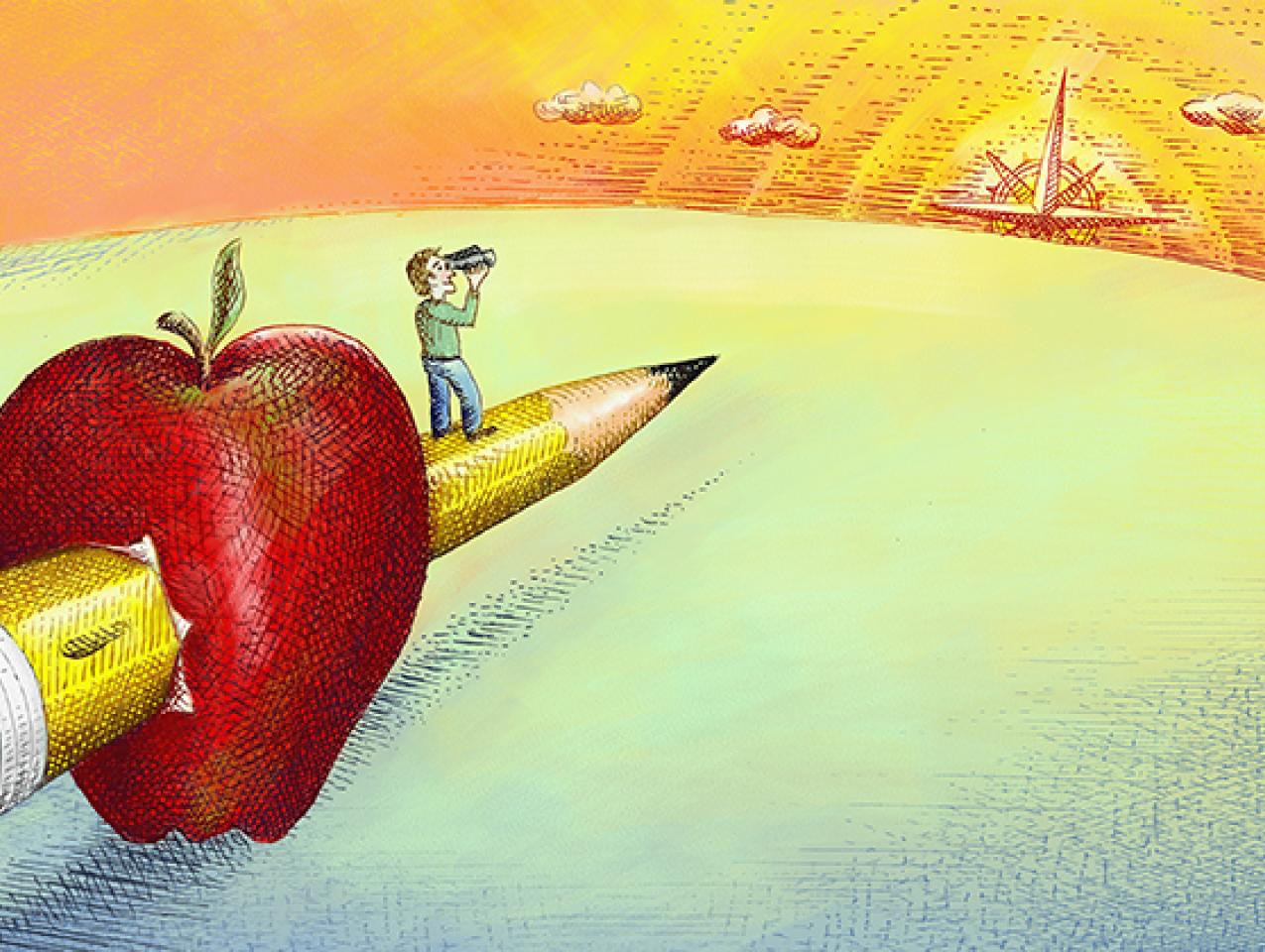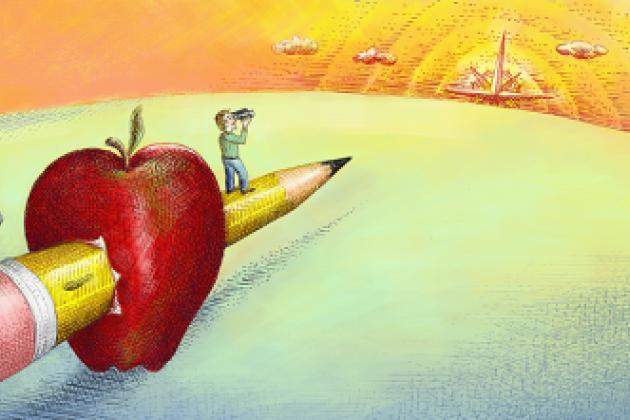- Politics, Institutions, and Public Opinion
No topic recurs in political discussions more often than income distribution. It came up frequently in Alexis de Tocqueville’s book on our republic’s early years, Democracy in America. And it was very much in James Madison’s thoughts when he wrote about “factions” in Federalist No. 10 at the time the Constitution was ratified.
We now refer to interest groups instead of Madison’s “factions.” Madison believed that factions were impotent. Opposing ones, he thought, would cancel each other out in a democracy. But he was terribly wrong about the power of interest groups. They dominate our politics. In every election, parties offer rewards to interest groups of voters. The Democrats tend to offer benefits to black voters, young women, and Hispanics. The Republicans, like President George W. Bush, do so to religious groups. Voters are often swayed by the benefits offered. Presidents Franklin Roosevelt and Lyndon Johnson won smashing election victories by offering benefits to selected interest groups using the rhetoric of redistribution.
Instead of opting for special interests and redistribution, sometimes a majority of voters chooses a leader who promises growth in living standards achieved by lowering tax rates. Dwight Eisenhower and Ronald Reagan are U.S. examples; Margaret Thatcher is an example from the UK.
Redistribution is again a major political issue as we head toward the 2016 presidential election. One of the most controversial forms of redistribution being discussed is doubling the statutory minimum wage to about $15 an hour. Proponents of this policy do not mention that anyone who earns only the current minimum wage receives the earned income tax credit. Instead of paying federal income tax, low-income people who work receive payments to supplement their earnings. For example, a married worker with three children under 19 who earns the current minimum wage receives $6,143 a year, if he or she works all year. That payment drops to $4,726 if the hourly minimum wage rises to $15. Other welfare benefits are an additional form of assistance.
The higher minimum wage will reduce employment especially for unskilled youth. But advocates know that the number of people who will benefit from the increase in wages is greater than those who will lose their jobs or not be able to find work. Although they claim to be friends of the poor, advocates usually knowingly adopt policies that keep young workers from finding jobs that will train them in ways that permit them to advance along a career path. Politicians who approve minimum wage hikes know that the many who gain will know the source of their gain, while the many who lose will not.
The argument against the minimum wage lies in good economics and common sense. In a well functioning market economy, a worker will only receive a wage equal to the value that he or she produces. That will be true on average over time, but it is rarely true all of the time. Sometimes the wage will be higher than the value of the worker’s product, and sometimes lower. Employers cannot accurately measure worker productivity. The employer learns about the relation between wages and productivity by watching what happens to the company’s earnings over time. If the employer pays more than the workers produce, profits fall, and firms go out of business. Owners deploy their capital where it earns the best return. Only then will the business thrive. Only then will owners be able to compensate their employees well and hire new recruits.
What is true of efforts to redistribute income by raising the minimum wage is true of claims that “fairness” requires higher tax rates for the highest earners to finance bigger transfers to the poorest. That’s wrong on two counts.
First, since the “war on poverty” began 50 years ago, many billions of dollars have been redistributed from taxpayers to those who receive transfers. Meanwhile, there has been no evidence of reduced poverty rates. Nor has there been evidence that people now believe the system is fairer. “Fair” is a subjective notion based on a term that cannot be defined objectively.
Has the constant appeal to fairness worked to benefit the disadvantaged? For the first time in the postwar years, we have young working-age people leaving the labor force to live on the benefits they receive from the welfare system supplemented by occasional earnings in the underground economy. The unfortunate long-term consequence is that these workers never develop job skills and never receive the on-the-job training that increases their productivity and wages. They will remain unskilled and the rest of us will not benefit from their increased productivity.
The Obama administration’s efforts to increase corporate regulation and income redistribution have produced large negative consequences. For the first time in the postwar years, median income fell during the recovery. Median households earned $ 54,059 in 2009 but only $51,939 in 2013. (Later years are not available.) We know that the top income earners gained income, so the losses were borne by the rest of us.
Second, we are currently experiencing the adverse effects of government policies that reduced productivity and ignored its costs. Instead of helping people get better jobs, regulation raises business costs and discourages expansion. A massive increase in the regulation of industry discourages business investment. The recovery that began in 2009 has the lowest rate of business investment of any recovery since World War II. One consequence is that productivity growth has remained low in this recovery. Low productivity growth prevents wage growth for workers. Workers that do not produce more cannot permanently earn more. Companies cannot permanently raise wages for middle-income workers unless those workers earn higher wages by increasing their productivity. More investment brings new methods that require additional training. That’s a major source of productivity growth that is largely absent in this recovery. An exception was the training conducted in the fracking industry—an industry progressives are chomping at the bit to regulate.
The clamor on the left about the widening difference between the top 1 or 5 percent of income earners and the rest of the population almost always compares earnings before the incomes of the top earners are taxed and that money transferred to the bottom earners. When these adjustment are made, as they should always be, the difference narrows.
Another major omission is the failure to mention the role of recent policy. The Federal Reserve has held interest rates at very low levels. This has pushed up asset prices, including prices of most common stocks and bonds, adding greatly to the income of the top 1 and 5 percent of income recipients. This increases incomes at the top and expands the difference between top earners and everyone else. Of course, the rise in stock prices adds to the value of worker pensions, but we do not count that as income when we compare earned incomes.
Still another omission is the threat of higher tax rates on high incomes. The best research shows that tax increases reduce innovation, investment, and productivity growth. A pro-growth policy of reduced regulation and lower tax rates, if enacted, would eventually increase productivity and therefore reduce the gap between highest earned incomes and the rest.
Americans did not become wealthy by redistributing income. They became wealthy by innovating, learning, and working hard. Most of the immigrants that came were unskilled. So, too, were the workers who came from the farms to industry. They began at the bottom, learned by doing on-the-job training, and earned higher wages. This model seems to be breaking down in our current economic climate.
Politicians can promise to narrow the income gap. They can pass legislation that redistributes more. But they cannot permanently reduce the spread between the top and the rest unless they adopt policies that encourage growth, innovation, learning, and productivity. There is no other way.
















